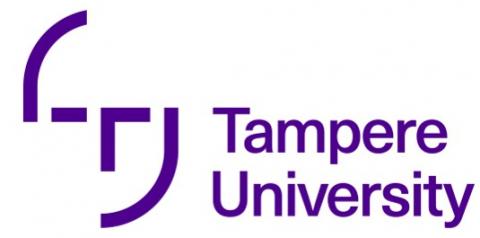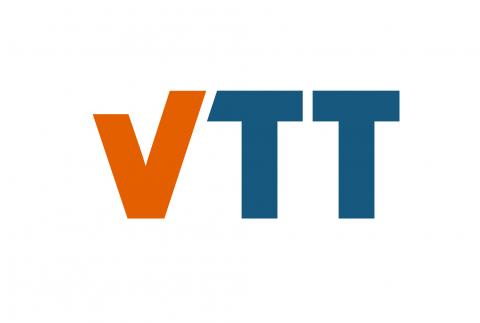Efficient plant operation – a plant-wide approach
By Matti Vilkko (@MVilkko, https://www.linkedin.com/in/mattivilkko/)
The vision of the COCOP project:
“Complex process industry plants are optimally run by the operators with the guidance of a coordinating, real-time optimisation system” is based on strong mathematical background.
Process owners strive to operate their processes at maximum efficiency. Commonly this means operation at maximum capacity. If the production plant is very simple and does contain only few unit processes, the overall maximal efficiency is easy to obtain. However, modern production plants contain several integrated unit processes where raw materials and intermediate products are produced, side streams are managed and products produced and finished. In a complex production process the capacity depends on the weakest link in the chain of unit processes, and in the plants with great number of unit processes, the reaching of maximum capacity is not a trivial task.
When the production is at its maximum level, the bottleneck unit process constraints the total production. When a constraint is hit, then the traditional approaches are to increase production by investing and increasing the bottleneck capacity or by securing with control architecture that the non-bottleneck unit processes before and after the bottleneck secure smooth operation of bottleneck unit processes.
More difficult situation occurs when the bottleneck changes location during the normal operation. This can happen if raw materials change, product variant is changed, or simply when a new shift is in charge. The change of the active constraint might be difficult to detect in a control room, especially if unit processes are monitored and controlled from different control rooms. Also, in a facility it is possible to move bottleneck by making trade-offs between capacity, yield, energy efficiency, process wear, etc., and favour one unit process at other unit process’s expense. These issues, combined with the possibility of making alternative coupling of unit processes creates very complex operation situations.
The complex industrial processes can be monitored and controlled by coordinating optimisation methods. These methods are based on a mathematical presentation of the entire plant. In practice, these mathematical models will be so large and contain such nonlinearities and both integer and real valued variables, that no optimisation algorithm is capable to reach a solution. Therefore, these mathematical formulations have to be decomposed to sub problems. By arranging the decomposition in an appropriate way, the sub problems can represent separate unit processes. By using formal decomposition methods, it is also possible to create a coordinating optimisation formulation for coordinating the solutions of sub problems.

The decomposition of a large plant wide production-scheduling problem into smaller optimization problems creates two kind of benefits. At first, the solution of the overall optimization problem can be calculated in a reasonable computing time with modern computing capacity. Secondly, the coordinating optimisation gives information about the bottlenecks of the process. This information can be used to understand the changes in bottlenecks and to distribute that information to all the process operators. Especially, this shared information of the overall capacity situation helps control room operators to make decisions that improve overall efficiency of complex industrial processes.
Based on mathematical modelling of complex processes and decomposing the models to solvable sub problems and coordinating problem, the target of the COCOP project is to enable complex industry plants to be operated optimally by the operators with the guidance of a coordinating, real-time optimisation system.
Follow the discussion in the COCOP Debate Group of Linkedin.















